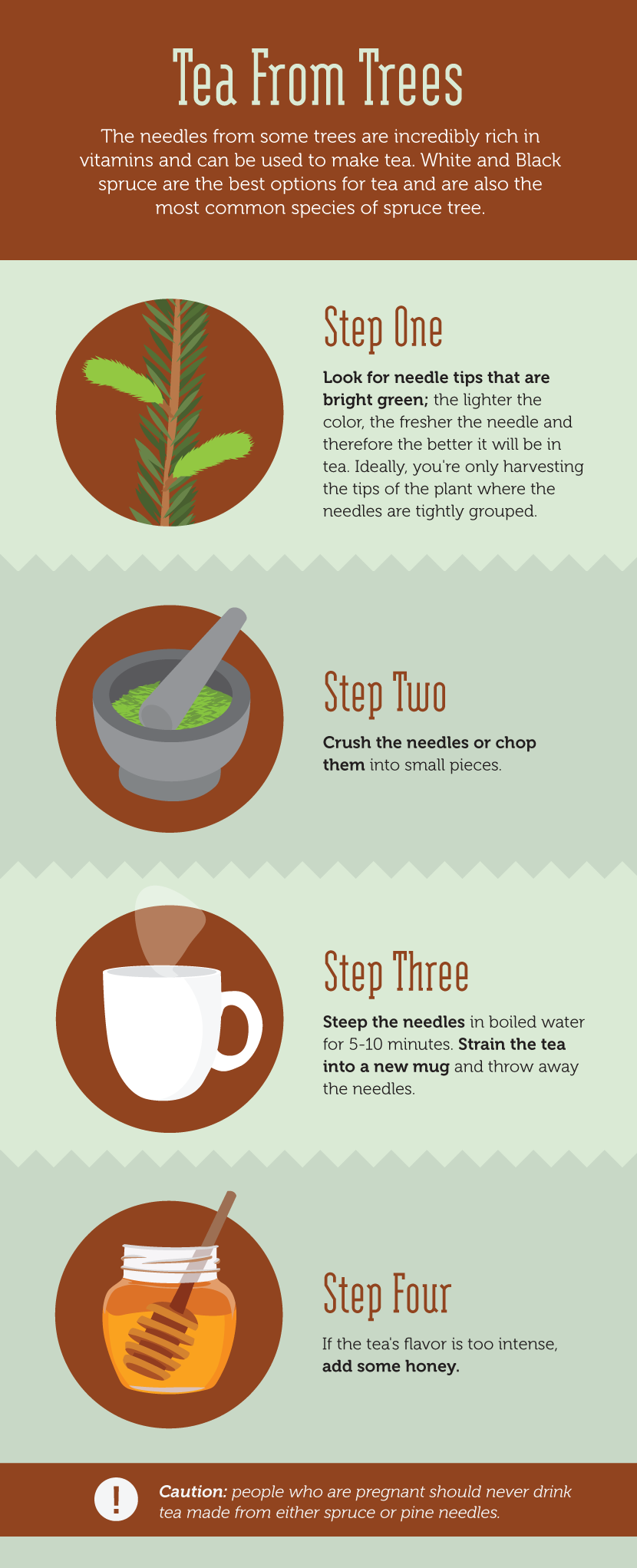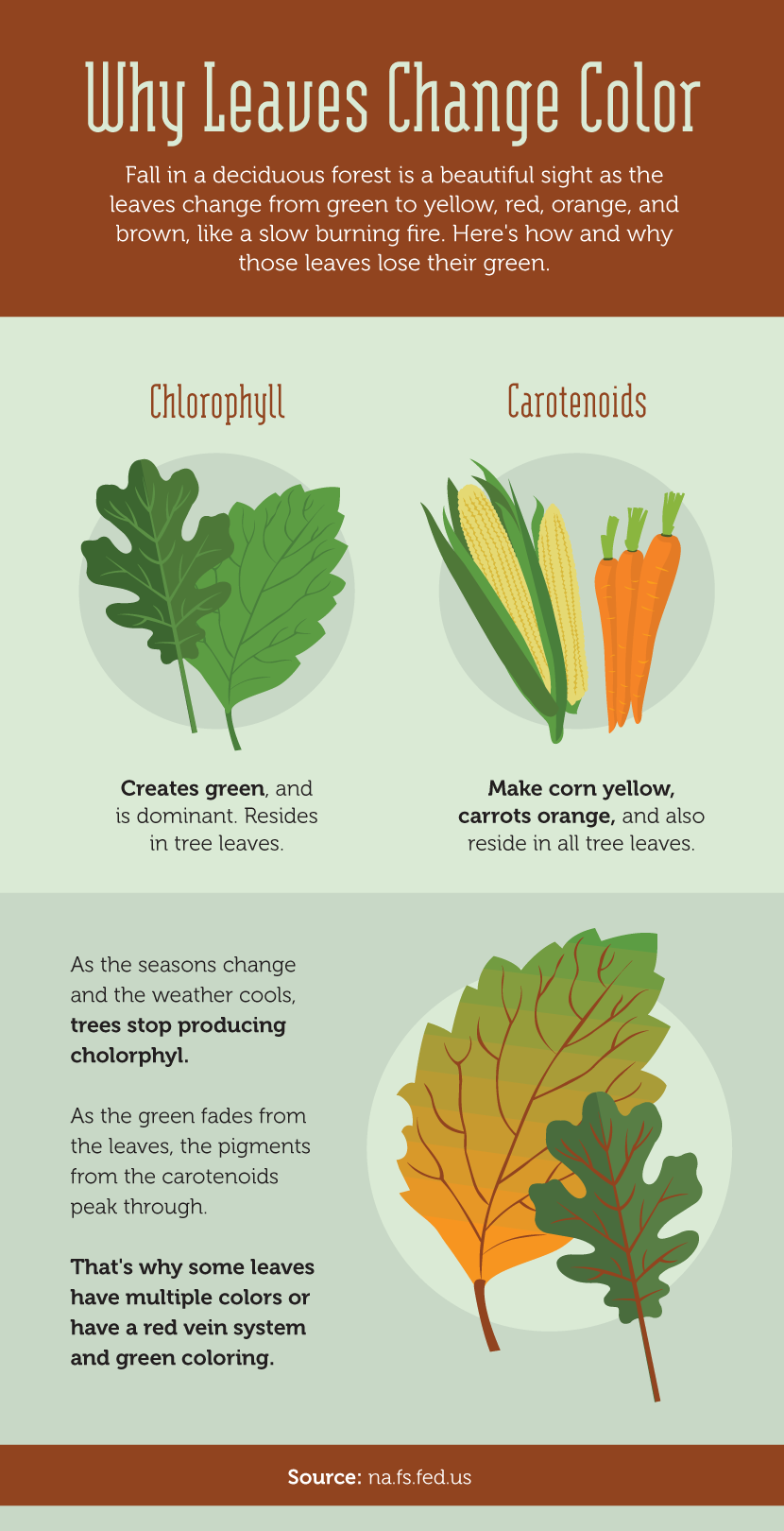Learning to Read the Forest
Learning the trees and smaller plants in your local ecosystem is like learning to decode a puzzle you didn’t know existed. It’s easy to walk by a tree and have it blend into the backdrop, but learning to identify common trees and small plants can breathe new life into a hike you’ve done a million times.
There’s never been a better time to learn about trees. A recent study published at nature.com shows that increased levels of CO2 have led to an increase in the number of trees worldwide. Almost half the world’s vegetated areas have been grown in the past 30 years.
Conifers and Deciduous
Trees can be roughly divided into two groups: coniferous and deciduous. Coniferous trees have cones and keep their leaves – or needles – year-round. These trees are frequently referred to as “evergreen” trees because they remain green even in the winter. One of the most familiar coniferous trees is the balsam pine, which is the traditional choice for a Christmas tree. Deciduous trees have leaves that change color and fall off in the autumn. Iconic deciduous trees include oak, maple, and aspen trees. A unique exception to this division is the tamarack or larch tree. These are classified as deciduous conifers, which means they shed their needles in the autumn.

Tree Line
In different parts of the continent, there are elevations at which trees no longer grow. This is known as tree line. This elevation varies greatly from location to location. On the east coast of North America, the tree line is around 4,500 feet.
In the Rockies, it occurs at an elevation of 10,000 feet. There are places in Mexico where the tree line is even higher, topping out around 13,000 feet. Knowing the elevation of the tree line in your area can help you identify your approximate elevation, which is helpful while navigating with a map and compass. Right around the tree line, it’s normal to find very short, stunted trees. Known as krummholtz, these are not a unique species but rather a shorter version of the conifers that commonly grow in that region. These occur at the tree line because there are fewer other trees to block harsh conditions, such as wind and snow. In some areas, it’s not uncommon to see stunted trees that only have branches on one side. These are known as flag trees, and they are a sign of the prevailing winds: the side that gets hit by wind will have fewer or no branches. If you’re preparing to camp near the tree line and see this kind of tree, it’s a sign that you may want to reconsider your camping location or look for an area that’s protected from the wind.

Trees and Fire
In different ecosystems, trees rely on various forces of nature to clean the forest and make space for new growth. Some trees have very shallow root systems, which allow them to grow in rocky areas where there is little top soil. Because of their shallow roots, these trees are more likely to topple during high winds. These are common in ecosystems where wind is the primary cause of change in the organization of the forest. High winds are needed to knock over dead or loose trees, which then rot on the forest floor, providing nutrients for other parts of the ecosystem. Eastern and central North America forests are primarily wind-driven ecosystems.
A more well-known forest ecosystem relies on fire to clear out the forest and allow new growth to develop. As much as forest fires are a threat to humans, lightning-sparked wildfires are a natural, necessary component to these forest ecosystems. Without the fire, some species would never have the chance to regenerate because they rely on the fire to spread their seeds to new locations. The Rocky Mountains in the western part of North America has historically been a fire-driven ecosystem.
Knowing the difference between a pine and an oak can help you read the history of the forest; spruces and other conifers are often the first species to grow after a fire, and their presence signals a recent change in the ecosystem. These often grow first because they can grow quickly and in dense patches. Aspens are another of these “pioneer” species. As time progresses, larger deciduous trees will start to sprout, and they eventually may take over the forest as their leafy canopies shade the conifers and prevent them from growing. If you pass through a section of forest with a wide expanse of small clumps of conifers, that can be a clue that a fire cleared the area recently.

Unlike flowers, only a few trees should be avoided because of the danger they pose to humans. One is the manchineel tree, which is common in Florida. All parts of the manchineel trees are toxic to humans. This tree grows near water, and it can be identified by its small green fruits that resemble apples. These fruits are incredibly poisonous so they should be avoided. In general, it’s best to give this tree a wide berth since its sap can drip onto an unsuspecting human and cause chemical burns. Burning a manchineel tree produces a noxious gas that can severely damage human eyes.
Though it’s technically a shrub or a vine and not a tree, it’s important to also be on the lookout for poison oak. Poison oaks are more common than the manchineel, growing mostly on the west coast of North America. The irritant in poison oak, an oil called urushiol, is the same as that in poison sumac and poison ivy. Avoid contact with the leaves of the tree and avoid burning its branches since the smoke can irritate the human respiratory system. Poison oak can be identified by the shape of its leaves, which look like that of other oaks but grow in sets of three (occasionally up to seven). This “tree” is shorter and more vine-like than normal oaks, which can be a good clue that you’re looking at a poison oak.
Knowing a bit about different varieties of trees will put you in touch with nature on your journeys outside. As is often the case, once you have a base knowledge, you’ll be better able to retain additional facts about trees rather than having them go over your head.
https://www.ncbi.nlm.nih.gov/pmc/articles/PMC1127797/
Embed the article on your site

























































